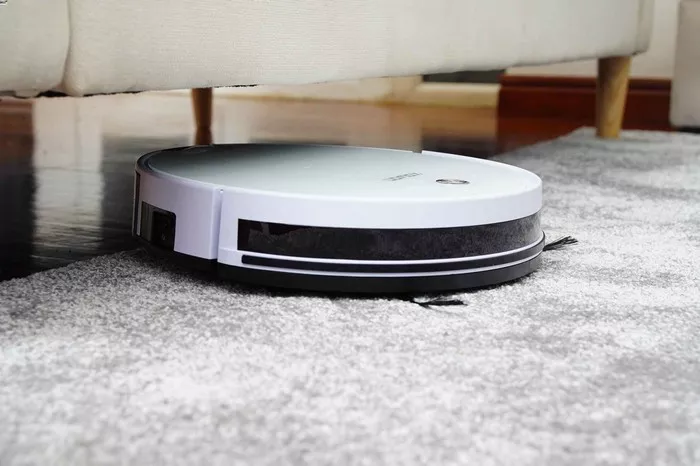Carpet sweepers are a classic and handy floor cleaning tool that have stood the test of time. Originating in the late 19th century, these devices have provided an easy and efficient way to clean carpets without the need for electricity. While modern vacuum cleaners have become the dominant choice for deep cleaning, carpet sweepers remain popular for their simplicity, quiet operation, and ease of use. This article will delve into the inner workings of carpet sweepers, explaining how they operate and why they continue to be a valuable tool for quick and efficient cleaning.
The Inner Workings of a Carpet Sweeper
Core Components
At the heart of a carpet sweeper are several essential components that work together to efficiently clean carpets:
Body: The main housing that encases the mechanical parts of the sweeper. It is typically lightweight and made of durable materials like plastic or metal to withstand regular use.
See also: What is the Power of Pressure Washer Turbo Nozzles?
Wheels: These are crucial for mobility, allowing the user to push the sweeper across the carpet with minimal effort. The wheels also play a key role in the mechanical operation of the sweeper.
Rotating Brushes: These can vary in type and design but are generally cylindrical or spiral-shaped, designed to lift and collect debris from the carpet fibers.
Dirt Collection Bin: Positioned within the body of the sweeper, this bin collects and stores the debris gathered by the brushes until it is emptied.
The Power of Motion
One of the defining features of a carpet sweeper is its reliance on manual power rather than electricity. The sweeping action is driven by the motion of the user pushing the device forward.
When the sweeper is pushed, the wheels make contact with the carpet and begin to rotate. These wheels are not just for movement; they are integral to the functioning of the brushes. Connected to the wheels via a system of belts, gears, or rollers, the rotation of the wheels transfers motion to the brushes. This mechanical linkage ensures that as the sweeper moves, the brushes spin at a high speed, effectively lifting dirt and debris from the carpet fibers.
Sweeping Up the Mess
Brush Action
The rotating brushes are the primary cleaning mechanism of the carpet sweeper. As the user pushes the sweeper forward, the brushes spin rapidly. This spinning action causes the bristles to comb through the carpet fibers, loosening and lifting dirt, dust, and crumbs. The bristles are designed to be firm enough to dislodge particles but gentle enough not to damage the carpet.
Guiding the Dirt
The design of the sweeper’s base and brushes ensures that the collected dirt is efficiently directed towards the dirt collection bin. The brushes are often angled or have a helical design to guide the debris inward towards the center of the sweeper. As the dirt is lifted, it is channeled into the dustbin, where it is stored until the user empties it. This process ensures that the maximum amount of debris is collected with each pass of the sweeper.
See also: Should You Use a Turbo Nozzle on Your Car
Emptying the Catch
The dirt collection bin is a crucial component for the functionality and convenience of the carpet sweeper. Typically located at the base or back of the sweeper, the bin is designed for easy access and removal. Most carpet sweepers feature a simple mechanism to detach the bin, allowing the user to empty the collected debris without much hassle. Some models may have a hinged door or a slide-out tray, while others might have a bin that can be completely removed for dumping and cleaning.
Regularly emptying the dirt bin ensures that the sweeper maintains its effectiveness and prevents overflow, which could impede the brushes’ ability to collect more dirt.
Conclusion
Carpet sweepers, with their simple yet effective design, offer a convenient solution for quick cleanups. Their operation hinges on the basic principles of manual motion and mechanical linkage, making them an environmentally friendly and quiet alternative to electric vacuum cleaners. While they may not replace vacuum cleaners for deep cleaning tasks, carpet sweepers are invaluable for daily maintenance, easily handling surface dirt and debris. Their lightweight and portable nature make them ideal for households, especially in scenarios where quick and frequent cleanups are needed. Understanding how a carpet sweeper works can help users appreciate this humble yet efficient cleaning tool, ensuring it is used to its full potential.

